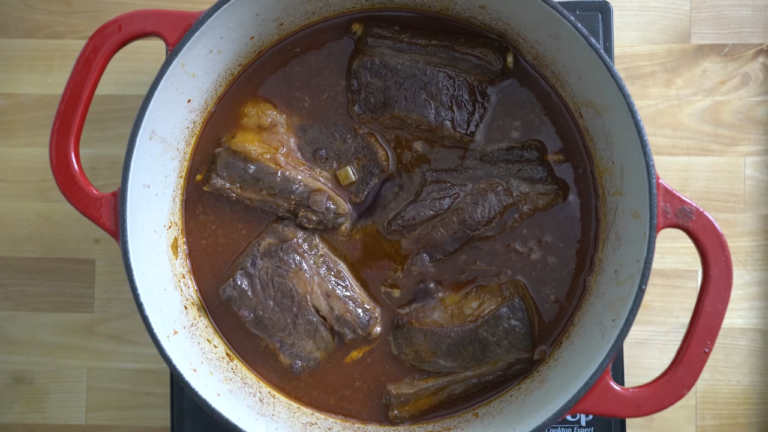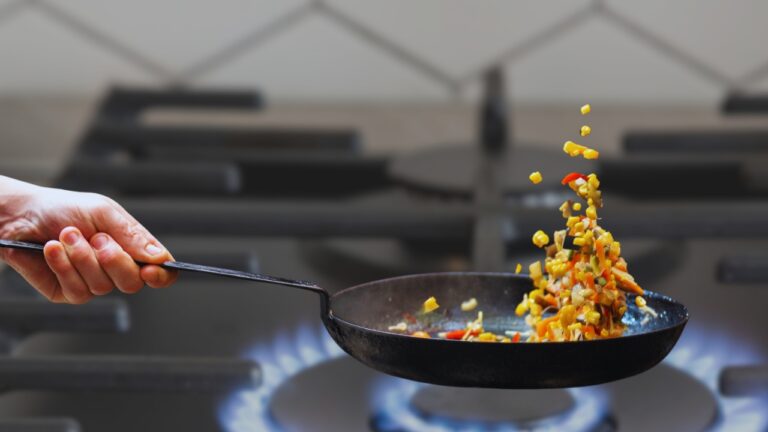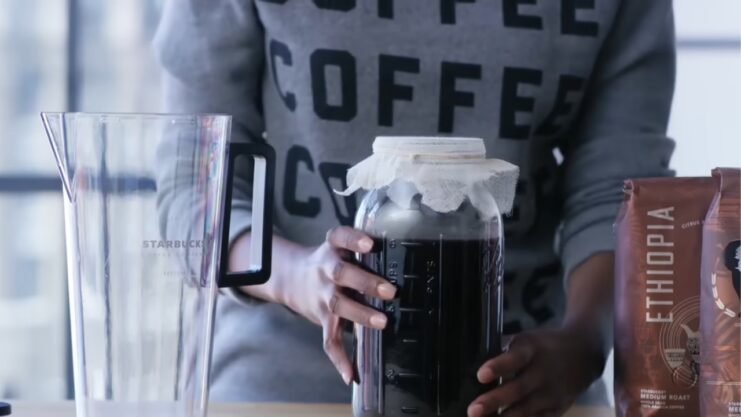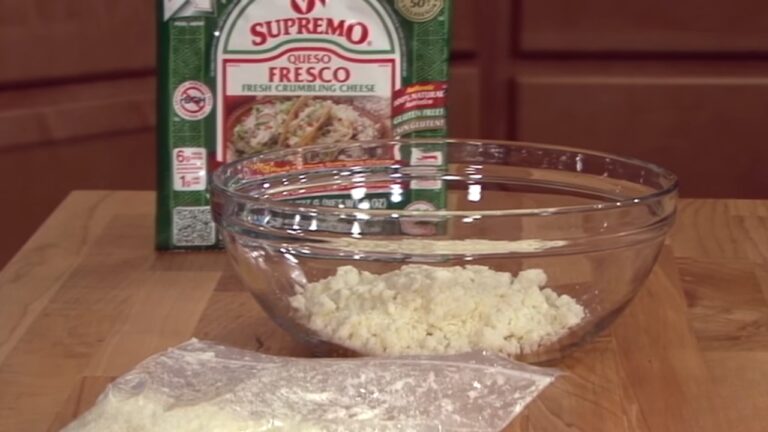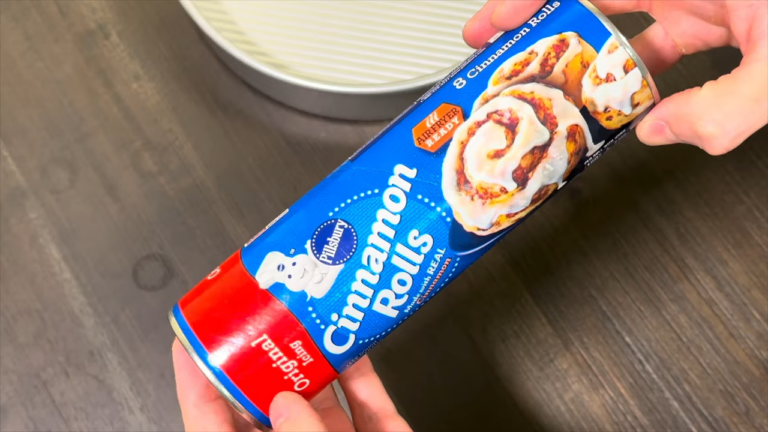I’m a coffee lover, and through lots of experimentation, I’ve figured out some of the best ways to keep brewed coffee fresh.
One effective method is storing it in the fridge, but you need to do it right to keep the flavor intact.
I want to share practical tips on how to store your brewed coffee properly, so you can always enjoy a great-tasting cup.
1. Airtight Containers
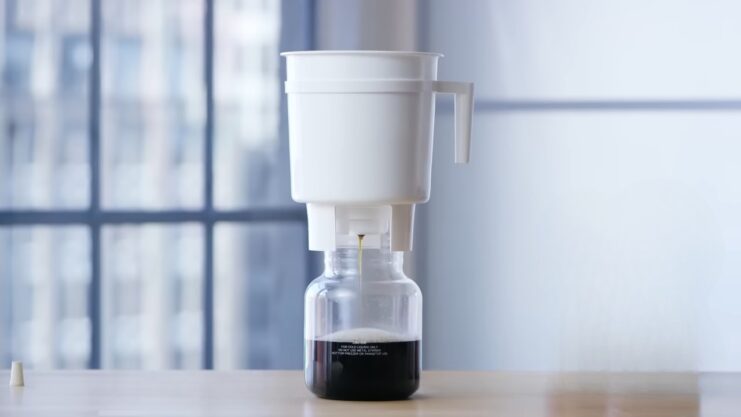
To store brewed coffee for short-term use, using an airtight container is key.
Choose a container made of glass or ceramic, as these materials won’t affect the coffee’s taste.
Sealing the container helps prevent air exposure, which can cause oxidation and diminish the flavor.
Storing Pillsbury Cinnamon Rolls in an airtight container maintains their freshness and keeps them soft and delicious.
2. Room Temperature Considerations
Taking temperature into account is a key aspect of keeping your brewed coffee fresh as long as possible. In most cases, storing your coffee at room temperature (between 50 and 70 degrees Fahrenheit or 10 to 24 degrees Celsius) is recommended.
Here’s a summary of temperature considerations for short-term storage:
| Temperature | Description |
|---|---|
| 50 to 70°F (10 to 24°C) | Ideal room temperature for storing brewed coffee |
| Higher temps | Accelerate degradation and loss of flavor |
| Lower temps | May cause undesirable taste changes |
3. Avoiding Moisture and Light
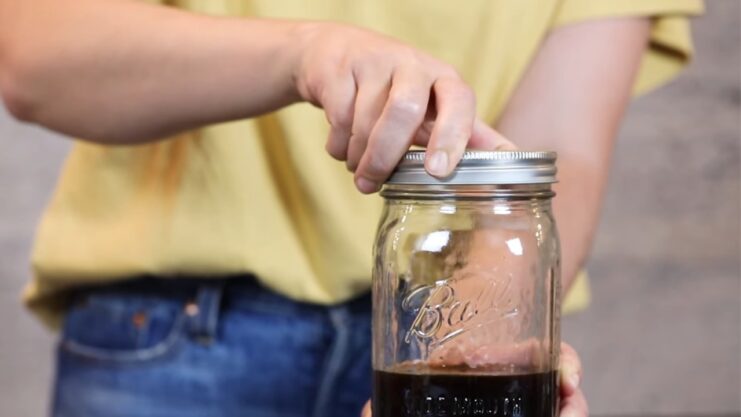
When storing brewed coffee, it’s important to keep it away from moisture and light. Moisture can cause mold and degrade the flavor, while light speeds up the staling process. I make sure to store my coffee in a cool, dry place out of direct sunlight.
4. Freezing Brewed Coffee
You can freeze brewed coffee by pouring it into ice cube trays.
These coffee cubes are handy for adding to cold brew coffee or smoothies.
For freezing butternut squash, simply peel and cube the squash, then spread the cubes on a baking sheet to freeze before transferring them to a freezer-safe container.
But be aware that freezing can cause a loss of some aroma and flavor, so it’s a balance between convenience and maintaining the best taste.
5. Vacuum Sealing for Extended Freshness
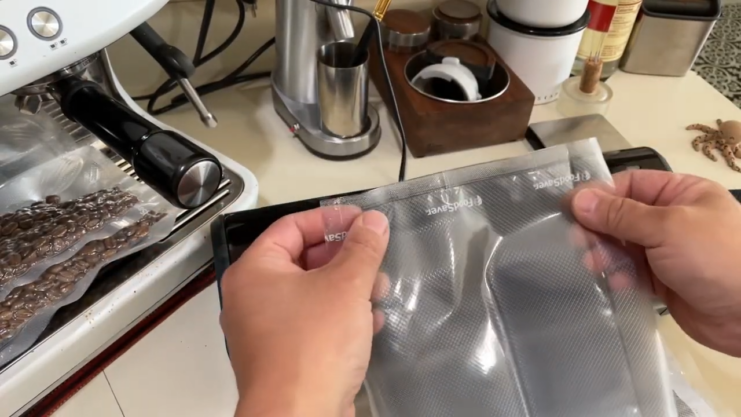
Vacuum sealing is a great long-term storage method for coffee. It removes air from a bag or container, preventing oxidation and keeping the coffee fresh.
This technique can really slow down the staling process by minimizing oxygen exposure.
For the best results, I suggest getting a good vacuum sealing system and storing your coffee in a cool, dry place away from light and moisture.
While you can also seal the coffee in its original bag with a clipper or resealable closure, vacuum sealing is generally more effective.
Best Practices for Reheating Stored Coffee
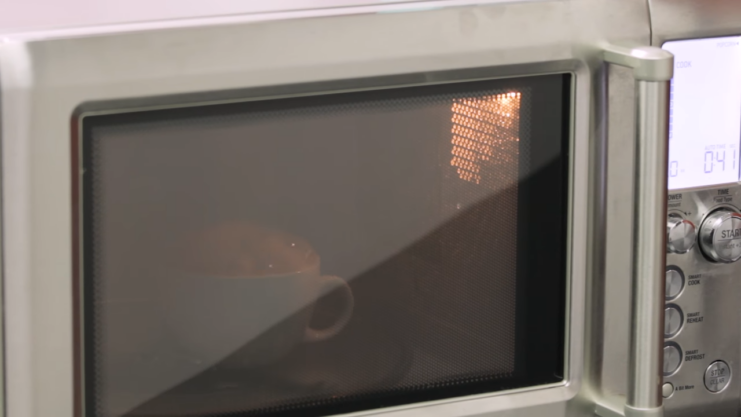
Firstly, I recommend reheating the coffee over low heat on a stovetop, which evenly warms the coffee and retains its taste. Avoid using a microwave, as it tends to heat the coffee unevenly and can alter its flavor. It is important to stir the coffee occasionally while reheating and make sure not to boil it, as high heat can cause the coffee to become bitter.
If I’ve stored my brewed coffee in the refrigerator, I make sure to let it sit at room temperature for a few minutes before reheating. By doing so, it minimizes the chances of any temperature shock which might affect the overall quality of the coffee.
As for the container used for reheating, it’s best to opt for a ceramic or glass vessel that is heat-resistant, as they allow for better heat distribution. Avoid using plastic or metal containers, as they might alter the coffee’s taste or create harmful chemical reactions when exposed to high temperatures.




